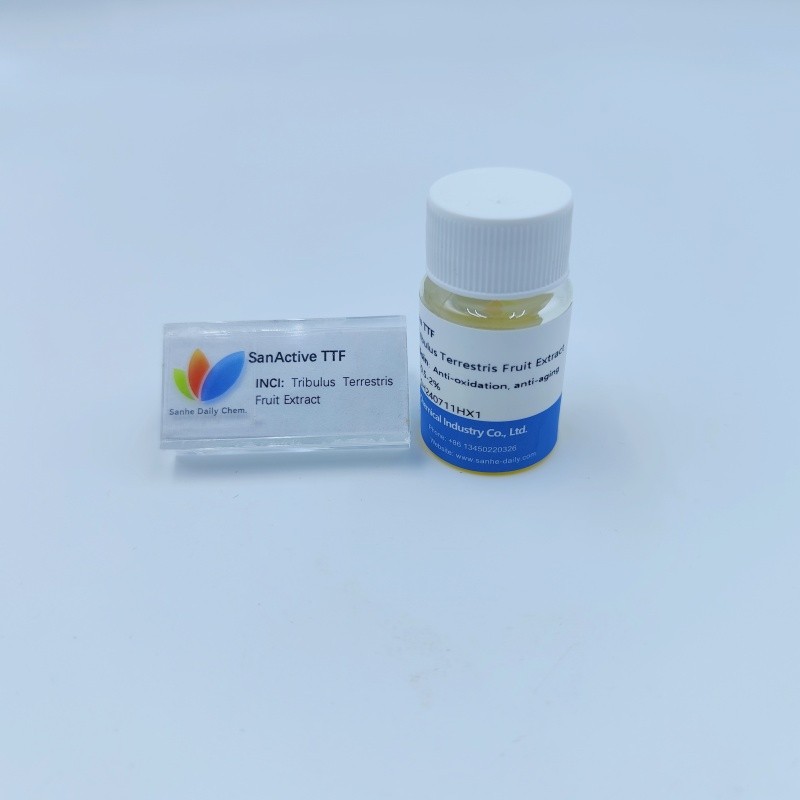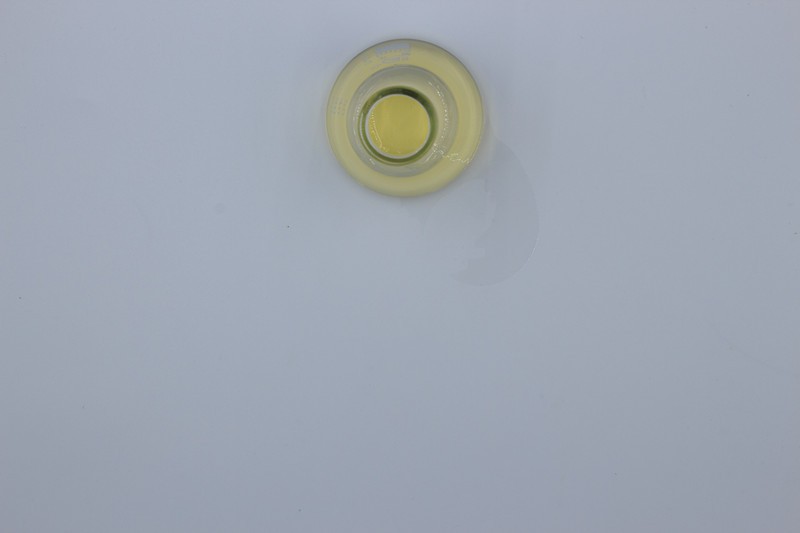Making your own lip balm at home is a rewarding and practical endeavor. It allows you to control the ingredients, customize the flavor and texture, and avoid potentially harmful chemicals found in many commercial products. As a natural oil supplier, I'm excited to share with you how to use natural oils in lip balm making.
Understanding Natural Oils for Lip Balm
Natural oils are the heart and soul of homemade lip balm. They provide moisture, nourishment, and protection to your lips. Different oils have different properties, so it's important to choose the right ones for your lip balm recipe.
Carrier Oils
Carrier oils are the base oils in lip balm. They are rich in fatty acids and vitamins that help to hydrate and soften the lips. Some popular carrier oils for lip balm include:


- Coconut Oil: Coconut oil is a versatile and popular choice for lip balm. It has a light, pleasant scent and is rich in medium-chain triglycerides (MCTs), which are easily absorbed by the skin. Coconut oil also has antibacterial and antifungal properties, making it a great choice for preventing lip infections.
- Shea Butter: Shea butter is a thick, creamy oil that is extracted from the nuts of the shea tree. It is rich in vitamins A, E, and F, as well as essential fatty acids, which help to moisturize, soothe, and protect the lips. Shea butter also has anti-inflammatory properties, making it a great choice for treating chapped or irritated lips.
- Jojoba Oil: Jojoba oil is a lightweight, non-greasy oil that is similar in composition to the natural sebum produced by our skin. It is easily absorbed by the skin and helps to balance the skin's natural oil production. Jojoba oil also has antibacterial and anti-inflammatory properties, making it a great choice for preventing and treating lip infections.
Essential Oils
Essential oils are highly concentrated plant extracts that are used to add flavor, fragrance, and therapeutic properties to lip balm. Some popular essential oils for lip balm include:
- Peppermint Oil: Peppermint oil has a cooling, refreshing sensation that can help to soothe and relieve chapped or irritated lips. It also has antibacterial and antifungal properties, making it a great choice for preventing lip infections.
- Lavender Oil: Lavender oil has a calming, relaxing scent that can help to reduce stress and anxiety. It also has antibacterial and anti-inflammatory properties, making it a great choice for treating chapped or irritated lips.
- Lemon Oil: Lemon oil has a fresh, citrusy scent that can help to brighten and refresh the lips. It also has antibacterial and antioxidant properties, making it a great choice for preventing and treating lip infections.
Choosing the Right Natural Oils for Your Lip Balm
When choosing natural oils for your lip balm, it's important to consider your skin type, personal preferences, and the intended use of the lip balm. Here are some tips to help you choose the right natural oils for your lip balm:
- Consider Your Skin Type: If you have dry, sensitive skin, you may want to choose carrier oils that are rich in moisture and nourishment, such as shea butter or coconut oil. If you have oily skin, you may want to choose carrier oils that are lightweight and non-greasy, such as jojoba oil or grapeseed oil.
- Choose Essential Oils Wisely: Essential oils can be very potent, so it's important to use them sparingly. Some essential oils, such as peppermint oil and cinnamon oil, can be irritating to the skin, so it's important to test them on a small area of skin before using them in your lip balm.
- Consider the Intended Use of the Lip Balm: If you are making lip balm for everyday use, you may want to choose a combination of carrier oils and essential oils that are gentle and moisturizing. If you are making lip balm for a specific purpose, such as treating chapped or irritated lips, you may want to choose carrier oils and essential oils that have specific therapeutic properties.
Making Lip Balm with Natural Oils
Once you have chosen the right natural oils for your lip balm, it's time to start making your lip balm. Here is a simple recipe for making lip balm with natural oils:
Ingredients
- 1 tablespoon beeswax pellets
- 2 tablespoons carrier oil (such as coconut oil, shea butter, or jojoba oil)
- 10 - 15 drops essential oil (such as peppermint oil, lavender oil, or lemon oil)
- Optional: 1/4 teaspoon honey or vitamin E oil for added moisture and nourishment
Instructions
- Prepare Your Supplies: You will need a double boiler, a small glass or metal container for melting the ingredients, a lip balm tube or container, and a stirring utensil.
- Melt the Beeswax and Carrier Oil: Place the beeswax pellets and carrier oil in the double boiler and heat over low heat until the beeswax and carrier oil are melted and well combined. Stir the mixture occasionally to ensure that the ingredients are evenly distributed.
- Add the Essential Oil and Optional Ingredients: Once the beeswax and carrier oil are melted and well combined, remove the double boiler from the heat and let the mixture cool for a few minutes. Then, add the essential oil and optional ingredients (such as honey or vitamin E oil) to the mixture and stir well to combine.
- Pour the Mixture into the Lip Balm Tube or Container: Once the mixture is well combined, pour it into the lip balm tube or container. Let the lip balm cool and solidify for a few hours before using it.
Tips for Making the Best Lip Balm with Natural Oils
Here are some tips to help you make the best lip balm with natural oils:
- Use High-Quality Ingredients: The quality of the ingredients you use will affect the quality of your lip balm. Make sure to use high-quality beeswax, carrier oils, and essential oils to ensure that your lip balm is effective and safe to use.
- Test Your Lip Balm on a Small Area of Skin: Before using your lip balm on your lips, test it on a small area of skin (such as the inside of your wrist) to make sure that you are not allergic to any of the ingredients.
- Store Your Lip Balm Properly: Lip balm should be stored in a cool, dry place away from direct sunlight. This will help to prevent the lip balm from melting or going bad.
- Experiment with Different Recipes and Ingredients: There are many different recipes and ingredients that you can use to make lip balm. Don't be afraid to experiment with different combinations of carrier oils, essential oils, and other ingredients to find the lip balm that works best for you.
Where to Source Natural Oils for Lip Balm Making
As a natural oil supplier, I offer a wide range of high-quality natural oils that are perfect for lip balm making. Some of the natural oils that I offer include Tribulus Terrestris Fruit Extract, SanEmul RH233de, and Prinsepia Utilis Oil. These natural oils are carefully sourced and tested to ensure that they are of the highest quality and purity.
If you are interested in purchasing natural oils for lip balm making, please feel free to contact me. I would be happy to help you choose the right natural oils for your lip balm recipe and answer any questions that you may have.
Conclusion
Making your own lip balm with natural oils is a fun and rewarding way to take care of your lips. By using high-quality natural oils, you can create a lip balm that is moisturizing, nourishing, and free of harmful chemicals. Whether you are a beginner or an experienced DIYer, I hope that this blog post has inspired you to start making your own lip balm with natural oils.
If you have any questions or comments about making lip balm with natural oils, please feel free to leave them below. I would love to hear from you!
References
- "The Complete Book of Essential Oils and Aromatherapy" by Valerie Ann Worwood
- "Natural Beauty at Home" by Julie Gabriel
- "Making Cosmetics" by Randy Schueller and Kevin Dunn
